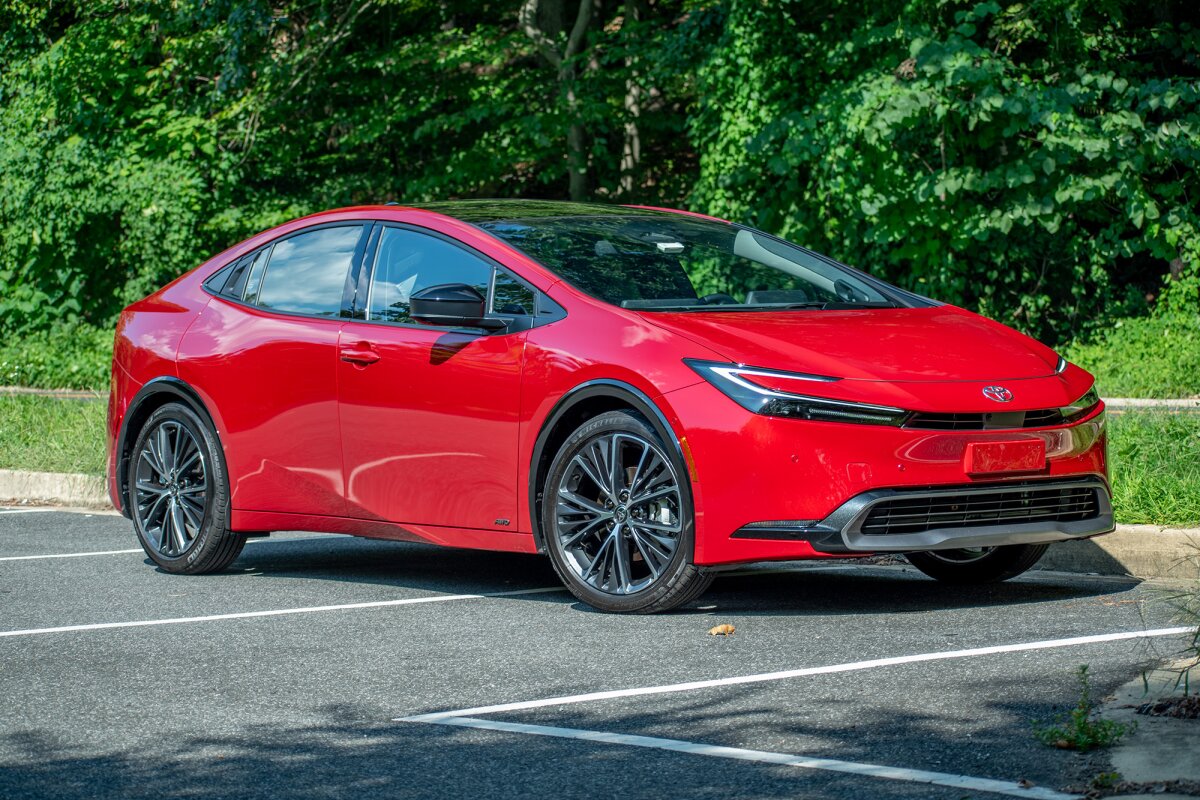Sunroofs are one of the most coveted features in modern vehicles. They offer open-air freedom, increased natural light, and an elevated driving experience. Whether it’s a standard-sized tilt-and-slide option or a full panoramic roof, automakers promote sunroofs as a luxury upgrade that brings the outside world in. But there’s a hidden flaw that many car owners only discover after they’ve already fallen in love with the look: sunroof shades that fail to block heat.
While the glass itself may be tinted or coated, the real job of minimizing solar heat falls to the internal shade. Unfortunately, in many vehicles across all price ranges—from muscle cars to luxury sedans—these shades are either too thin, too transparent, or made from materials that prioritize style over function.
The result? Intense heat penetration that transforms the cabin into an oven increases the strain on the air conditioning system and compromises passenger comfort, especially on sunny days.
This issue becomes particularly apparent in warmer climates or during long summer months. Owners of cars with poorly insulated sunroof shades often report entering sweltering interiors, hot-to-touch seats, and inconsistent cabin cooling, even with high-end climate control systems.
Despite their upscale appearance, these shades can become a source of frustration and discomfort, negating the benefits of the sunroof itself. In this article, we explore 10 vehicles where the sunroof shades are often reported to be ineffective at blocking heat, even when fully closed.
These vehicles span different makes, models, and market segments, but they all share a common shortfall: a feature designed to enhance comfort ends up doing the opposite. If you’re considering a car with a panoramic roof—or already own one—you’ll want to know which models might leave you sweating in your seat.
Also read: 5 Vehicles That Handle Aging Electronics Well and 5 That Are Buggy
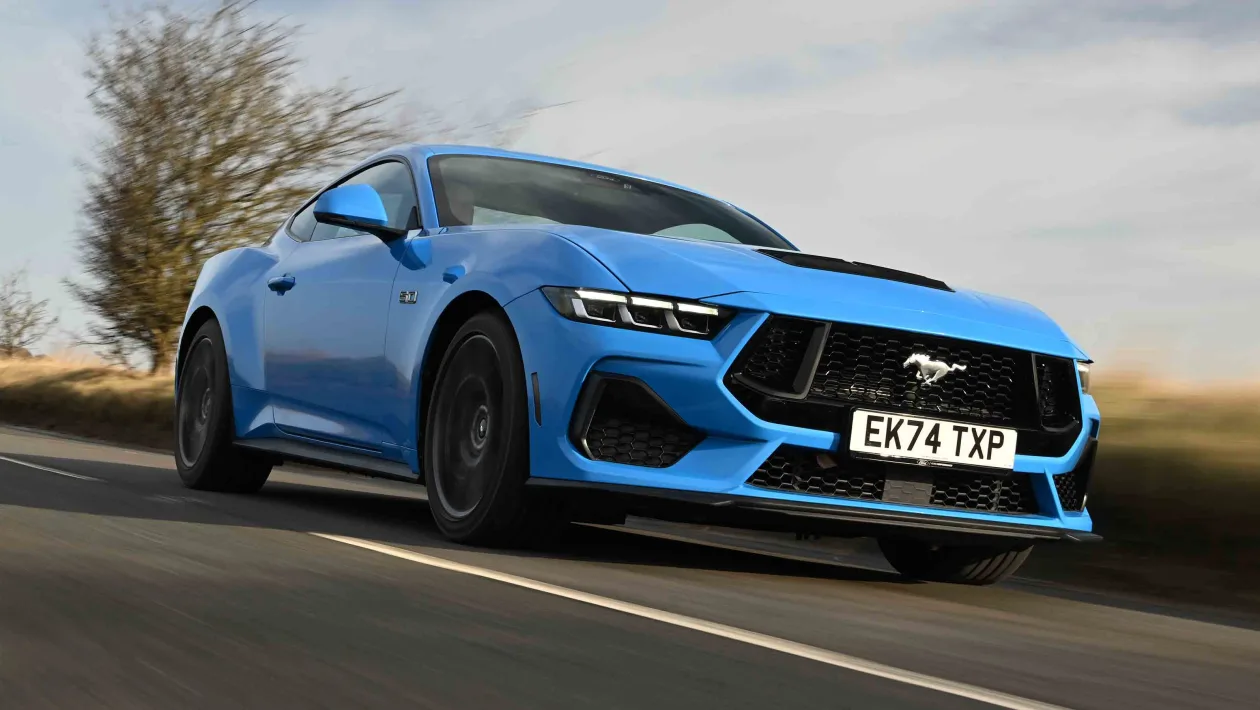
1. Ford Mustang (2015–2020)
The Ford Mustang, with its muscular styling and legacy appeal, delivers on the promise of performance and charisma. Yet for the 2015–2020 models, the inclusion of a sunroof comes with a frustrating drawback—its shade simply doesn’t block out heat effectively. Owners quickly notice that the interior can become uncomfortably hot when the car is left parked in the sun, especially during summer months.
The sunroof shade in the Mustang is made of a lightweight fabric that prioritizes appearance and cost-effectiveness over function. While it may soften incoming light and offer privacy, it provides little resistance to the thermal energy from direct sunlight. Even with the sunroof glass closed and the shade pulled, heat radiates through, raising cabin temperatures significantly in just a few minutes.
This design flaw becomes particularly glaring in warmer regions. States like Arizona, Texas, and Florida report higher incidences of customer complaints about heat buildup. Drivers have shared experiences of entering their vehicles after just 20 minutes in the sun and feeling as if they’ve stepped into a furnace. The sunroof area in particular becomes a hotspot, further heating up the air conditioning workload.
Many owners turn to aftermarket solutions in hopes of mitigating the problem. Reflective sunroof liners, thermal shades, or UV-blocking tints are common stopgaps, but none fully resolve the underlying issue caused by the inadequate factory-installed shade. These DIY fixes often reduce visibility or aesthetics, conflicting with the sleek, performance-focused image of the Mustang.
The inefficiency of the sunroof shade also affects usability. Some Mustang owners begin to avoid using the sunroof altogether during hotter seasons, which is a shame considering it’s meant to enhance driving pleasure. Instead of being a desirable upgrade, the sunroof becomes a liability, both for comfort and climate control effectiveness.
While the Mustang remains a top-tier muscle car in terms of performance and design, this oversight in the sunroof shading system serves as a frustrating reminder that comfort-oriented features can’t be treated as afterthoughts, especially in vehicles priced and marketed as premium performance machines.
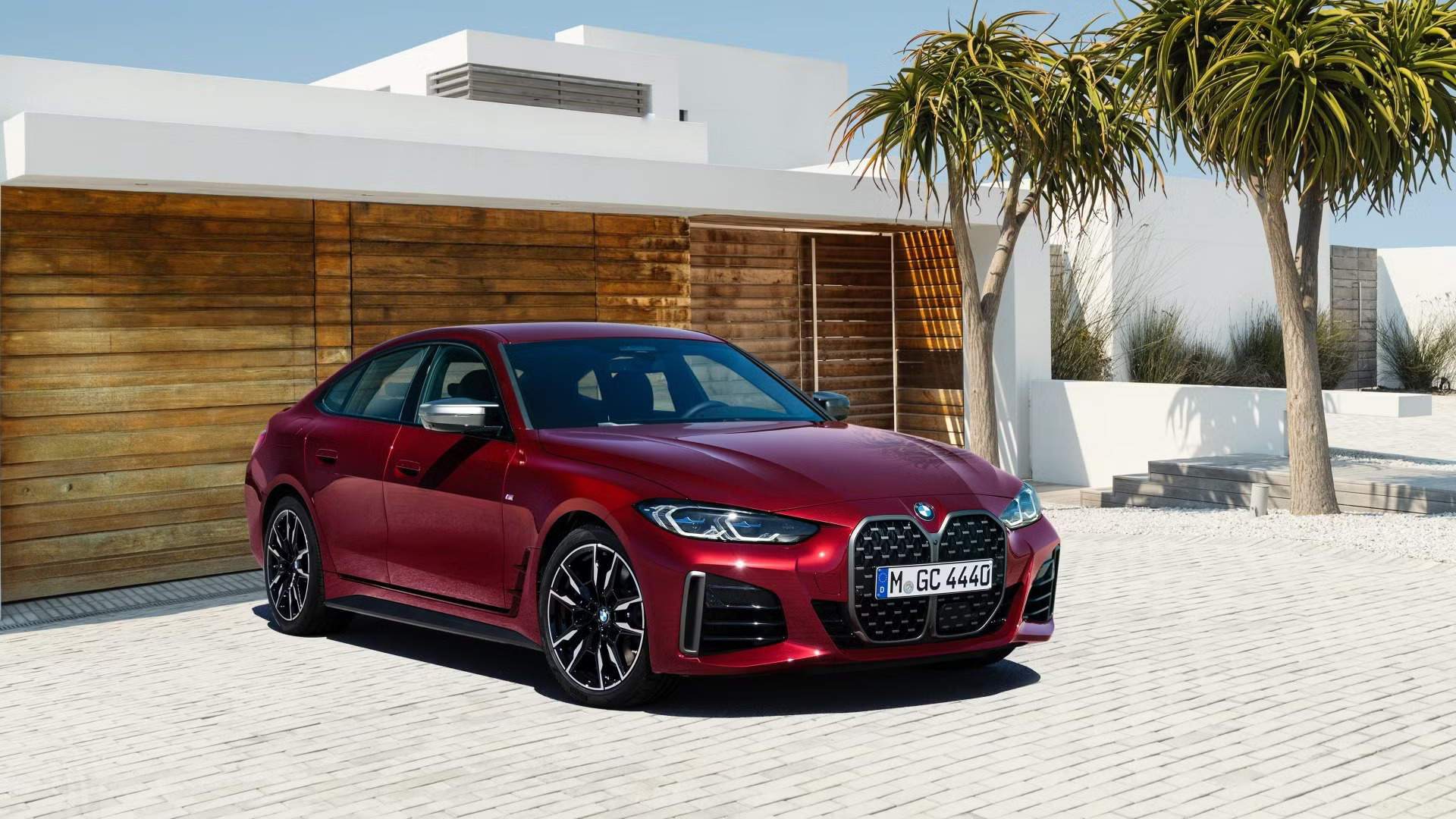
2. BMW 4 Series (2014–2019)
BMW’s 4 Series offers a luxurious blend of sportiness and elegance, with sleek styling and impressive engine performance. However, from 2014 to 2019, many 4 Series models with sunroofs came equipped with a shade that is widely regarded as ineffective in blocking solar heat. While the vehicle may excel on the track and in handling dynamics, it falls short in thermal comfort when the sun is high and intense.
The sunroof design in the 4 Series favors a panoramic look with a thin, woven-fabric shade meant to diffuse light rather than provide thermal insulation. The material is not opaque or insulated enough to stop heat from permeating the cabin, meaning that even with the shade closed, the interior can feel like a greenhouse. BMW touts its climate control system, but no HVAC setup can efficiently offset direct heat streaming through an unshielded glass panel.
Drivers frequently note how warm the cabin feels even after a short period parked under the sun. The thin sunroof shade allows heat to pass through, especially when the sun is directly overhead. Passengers seated under the sunroof, particularly in the rear, are more prone to discomfort as the headliner fails to buffer radiant heat from the glass above.
Another concern is how this constant exposure to heat impacts long-term interior wear. Materials near the sunroof—like leather, synthetic trims, and plastic panels—tend to degrade more quickly due to UV exposure and excessive warmth. Owners also report increased glare, headaches, and discomfort during long drives, all exacerbated by the sunroof’s inability to provide meaningful shading.
BMW owners have often sought relief through third-party products, such as internal reflective sunshades or aftermarket insulation films applied to the glass. While these options help somewhat, they introduce visual clutter and can detract from the vehicle’s sleek interior aesthetic, something BMW prides itself on. More significantly, they serve as band-aids rather than actual solutions.
The lack of an insulated, heat-blocking sunroof shade feels like a surprising oversight for a luxury brand. Given the price point and BMW’s reputation for meticulous engineering, the sunroof heat issue in the 4 Series stands out as a clear flaw in an otherwise exceptional car.
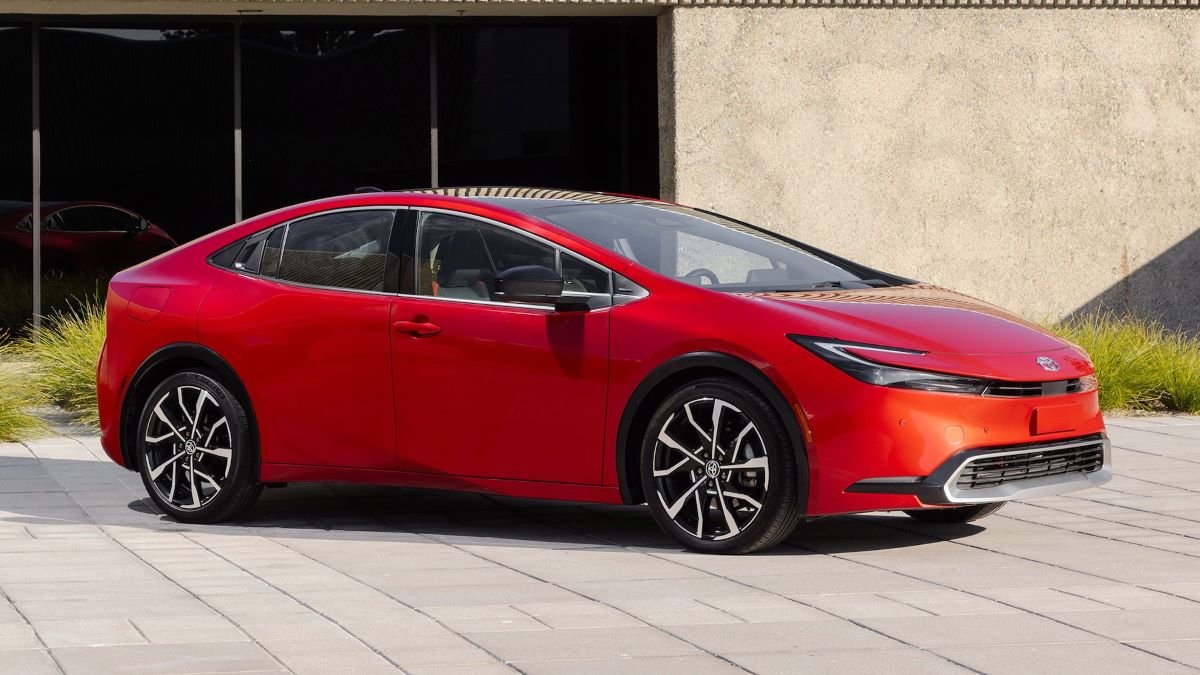
3. Toyota Prius (2010–2015)
Toyota’s Prius has long been the poster child for eco-conscious driving, offering excellent fuel efficiency, hybrid reliability, and low emissions. Yet, ironically, the 2010–2015 Prius models with optional sunroofs expose a glaring inefficiency—an underperforming sunroof shade that fails to block out heat effectively. In a vehicle that’s supposed to be all about energy conservation and climate-smart design, this becomes a jarring inconsistency.
The issue lies in the choice of material and design. The sunroof shade is constructed from a light fabric that does little to reflect heat. It may serve to dim sunlight, but it doesn’t insulate or shield passengers from the temperature rise that accompanies direct exposure to the sun. As a result, the Prius’s cabin heats up rapidly, putting a strain on the air conditioning system and ironically undermining the car’s energy efficiency.
Owners have described the cabin temperature becoming unbearable after just 15–30 minutes parked in the sun. The Prius’s dark interior materials, often chosen for their minimalist and sleek aesthetic, only compound the problem by absorbing heat. Unlike other features of the car that prioritize function and durability, the sunroof and its shade appear to have been added without sufficient consideration for thermal performance.
For a car marketed as a responsible and eco-friendly choice, this heat issue is more than a comfort problem—it affects how the car performs under pressure. Running the air conditioning more frequently and at higher intensities leads to reduced efficiency, which runs counter to the vehicle’s entire value proposition. It also shortens the life of the HVAC system.
In hotter regions like the Southwest U.S., Prius owners often turn to reflective windshield protectors and custom sunroof shades to try to combat the issue. Unfortunately, these are temporary fixes that clutter the interior and reduce the enjoyment of the vehicle. Toyota never issued a fix or redesign for the sunroof shade during this generation’s production run.
While the Prius deserves its accolades in many areas, its poorly insulated sunroof shade is a significant disappointment, especially in a vehicle that emphasizes smart energy use and environmental consciousness.
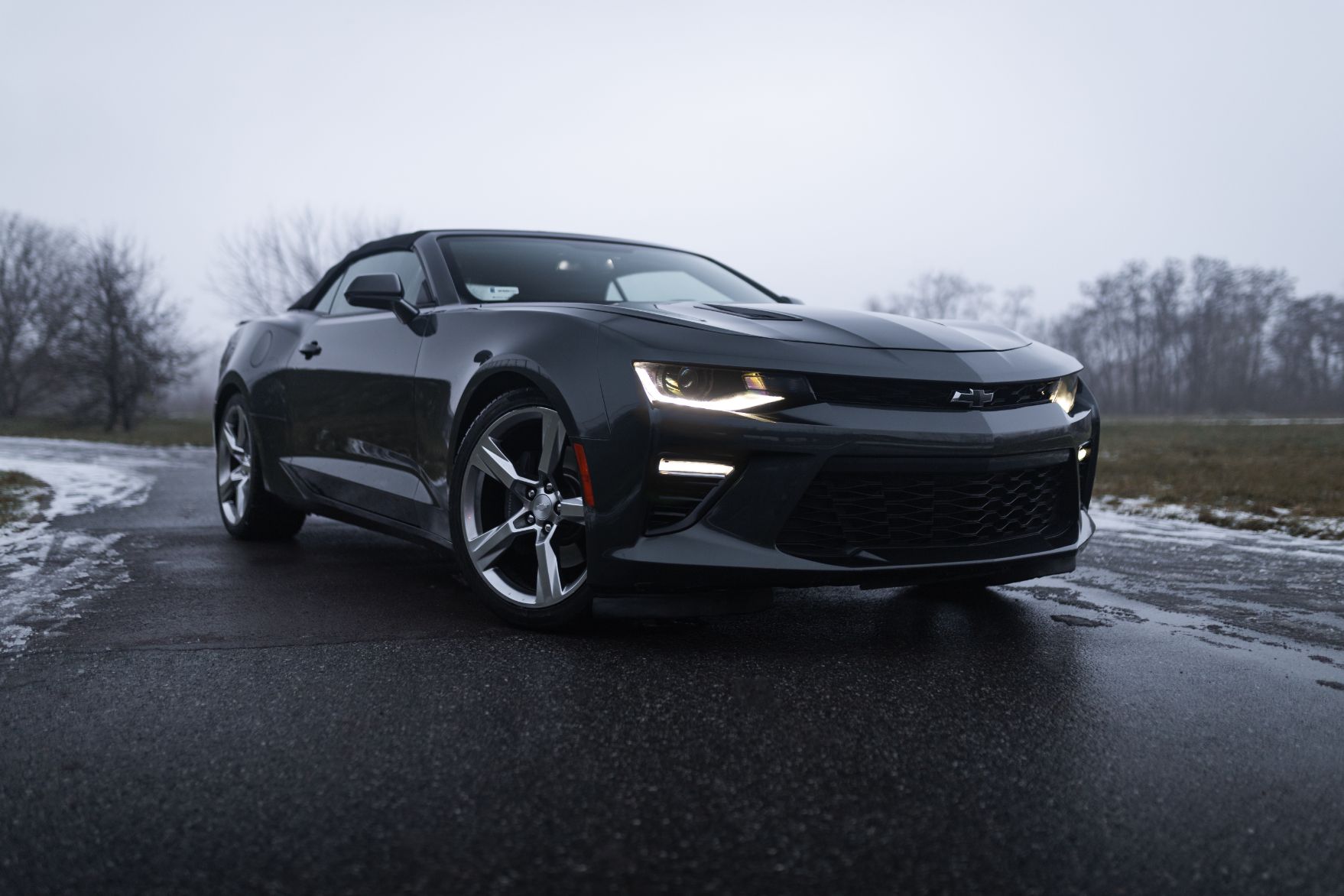
4. Chevrolet Camaro (2016–2021)
The Chevrolet Camaro has long been celebrated for its aggressive styling, potent engine options, and tight handling. But despite its performance prowess, the 2016–2021 Camaro models with sunroofs suffer from a major comfort flaw: the sunroof shade barely does anything to reduce cabin heat. It’s a surprising oversight in a car that’s otherwise built for thrill and pleasure.
The Camaro’s sunroof comes with a fabric pull-shade that feels like an afterthought. While it’s visually aligned with the rest of the cabin’s sporty design, it lacks the density or reflectivity needed to block heat effectively. When exposed to the sun for extended periods, the glass heats up rapidly, and the shade allows that heat to radiate directly into the cabin, turning the sleek sports car into a rolling sauna.
Camaro owners have voiced complaints on forums and in consumer reviews about this very issue. The compact interior layout of the Camaro amplifies the problem, as the sunroof area is closer to the passengers’ heads. During summer, the issue is particularly intense, with many drivers noting that the AC struggles to compensate when the car has been parked outdoors, even for a short while.
Given the Camaro’s emphasis on performance, it’s likely that Chevrolet prioritized weight savings and simplicity in its sunroof design. However, that doesn’t excuse the poor user experience that results. For a car intended to be driven and enjoyed in sunny, scenic conditions, the inability to shield passengers from heat seems contradictory to its design goals.
Aftermarket solutions exist—sunroof liners, reflective mesh shades, or UV window tints—but these aren’t ideal. They often interfere with aesthetics, reduce outward visibility, or make it more cumbersome to use the sunroof at all. Moreover, they shift the burden of a basic comfort feature onto the customer.
All things considered, the Camaro remains an exhilarating car to drive, but for those who opt for the sunroof, it’s worth knowing the shade may bring more heat than happiness, especially on warm days.
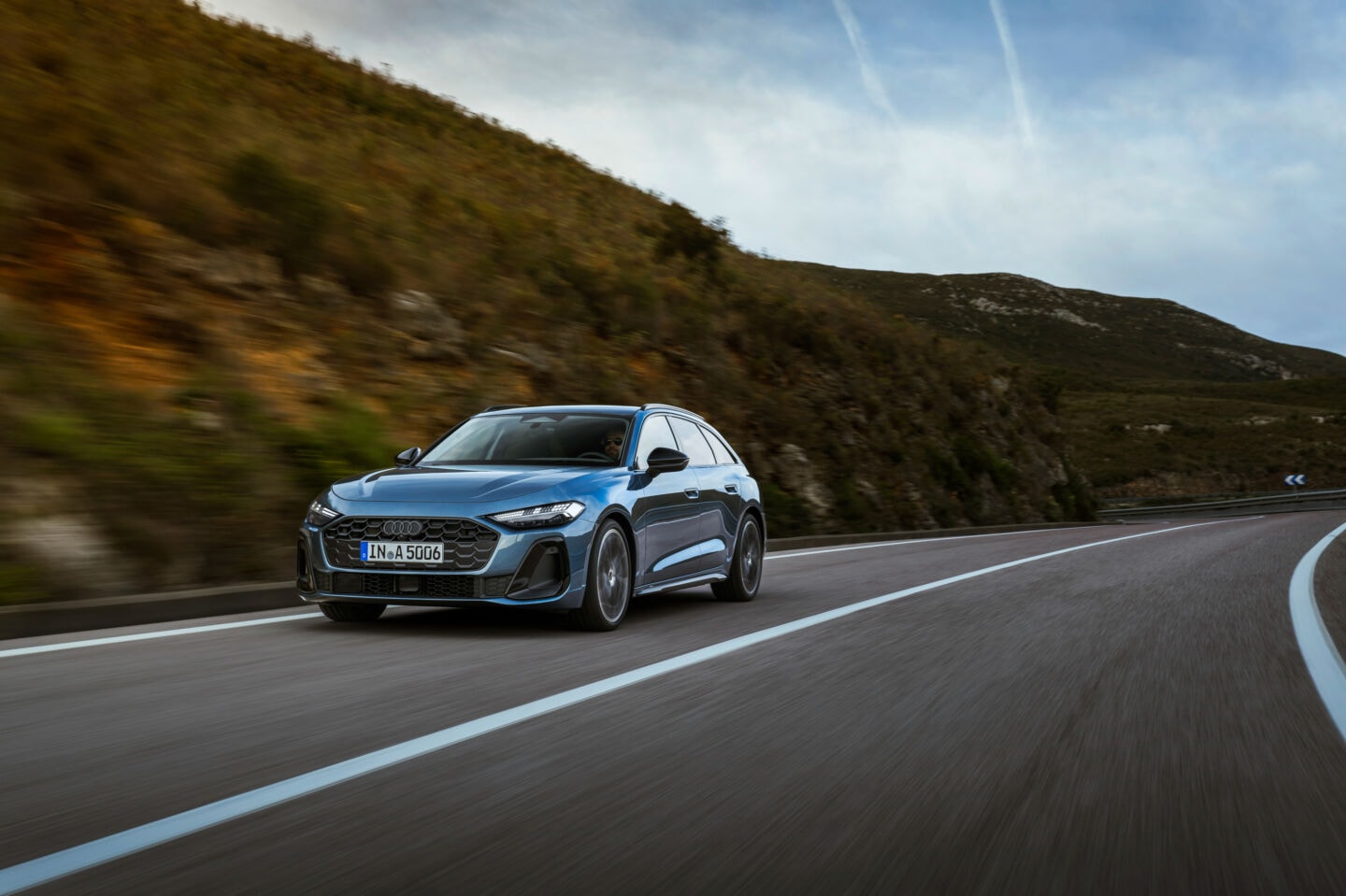
5. Audi A5 (2008–2017)
The Audi A5 is widely admired for its balance of refined design, performance, and comfort. Yet the 2008–2017 models with a sunroof suffer from a heat-related shortcoming that many owners find surprising—the factory sunroof shade offers poor protection against solar heat. It’s a significant oversight in a car that otherwise emphasizes high-end comfort and thoughtful detailing.
The A5’s sunroof features a mesh-style or thin-fabric shade that does little to insulate the cabin from heat. Even with the sunroof fully closed and the shade drawn, direct sunlight easily penetrates the roof, creating a noticeable rise in interior temperatures. Passengers frequently report discomfort during daytime driving, particularly when seated directly beneath the sunroof.
This issue is more than just an annoyance—it also affects how hard the climate control system has to work. Audi vehicles typically come equipped with sophisticated dual-zone or tri-zone HVAC systems, but these can be pushed to their limits when dealing with added heat from the sunroof. Over time, this extra load can lead to reduced efficiency and increased wear on system components.
The poor thermal insulation also contributes to uneven cabin temperatures. Areas directly under the sunroof often feel significantly warmer than the rest of the vehicle, resulting in an inconsistent and unpleasant passenger experience. For a brand like Audi, known for its attention to detail and passenger luxury, this inconsistency feels like a misstep.
Owners have shared their frustrations on forums, noting that Audi never offered a meaningful fix or improved the sunroof shade material in subsequent facelifts within this generation. Some resort to applying sun-blocking films or purchasing thick aftermarket shades, though these add bulk and interfere with the seamless design Audi enthusiasts appreciate.
In essence, the Audi A5 offers an exceptional blend of aesthetics, power, and luxury, but its sunroof shade design falls short of expectations. For drivers in sun-heavy areas, this can detract from the driving experience in a way that seems easily avoidable with a better sunroof insulation solution.
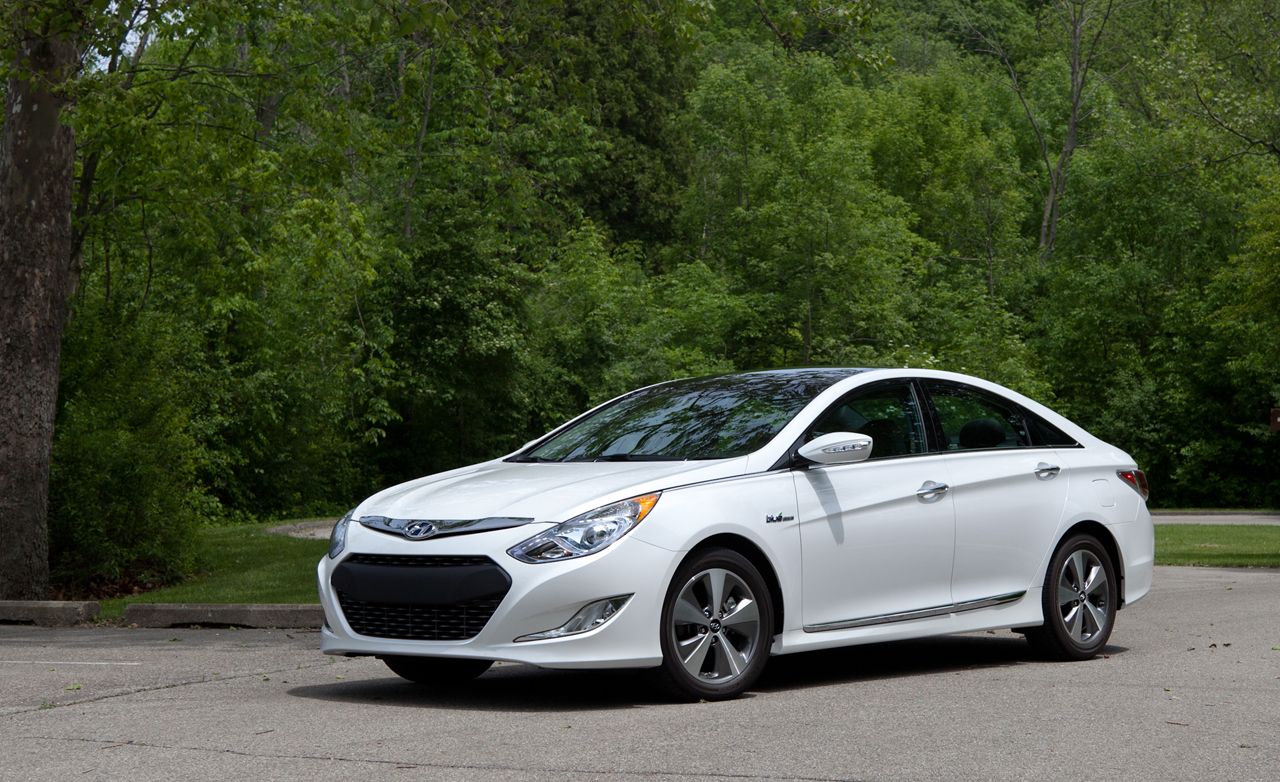
6. Hyundai Sonata (2015–2020)
The Hyundai Sonata is a well-rounded midsize sedan known for its reliability, attractive price point, and generous feature set. However, in the 2015–2020 model years, one feature that doesn’t quite meet expectations is the sunroof shade. Despite offering a sleek panoramic roof option in higher trims, the shade’s ability to block heat is noticeably poor, leaving the cabin vulnerable to intense sun exposure.
Unlike some competitors that use multi-layered or opaque insulating shades, the Sonata relies on a thinner fabric-style shade. It’s more suited to diffusing light than actually preventing heat transfer. This may be acceptable in mild climates, but for drivers in sun-drenched regions, it leads to excessive warmth that the car’s air conditioning struggles to counter. The cabin quickly becomes stifling, especially when parked outdoors.
Rear passengers, in particular, are most affected. The panoramic sunroof spans a large portion of the roof, which means heat buildup affects the entire vehicle, not just the front seats. Reports from drivers mention instances where even after running the A/C for several minutes, passengers still feel warm under the sunroof, particularly in midday conditions.
Hyundai does offer an efficient climate control system, but it shouldn’t have to work double-time to overcome poor insulation. The design flaw becomes apparent during the summer months when the car’s interior materials, especially darker trims, absorb and retain heat from the insufficiently covered sunroof. This not only reduces comfort but may also contribute to faster aging of interior components.
While some owners have applied aftermarket UV films or sun-blocking inserts, these solutions detract from the clean, integrated look of the Sonata’s cabin. Moreover, they create extra steps just to enjoy basic comfort—steps that shouldn’t be necessary in a modern, family-friendly vehicle. A thicker, better-insulated factory sunshade would have resolved the issue far more effectively.
The Hyundai Sonata remains a practical and stylish option in its segment, but the heat-inefficient sunroof shade stands out as a critical misstep, particularly for those who prioritize daily comfort or live in high-temperature climates.
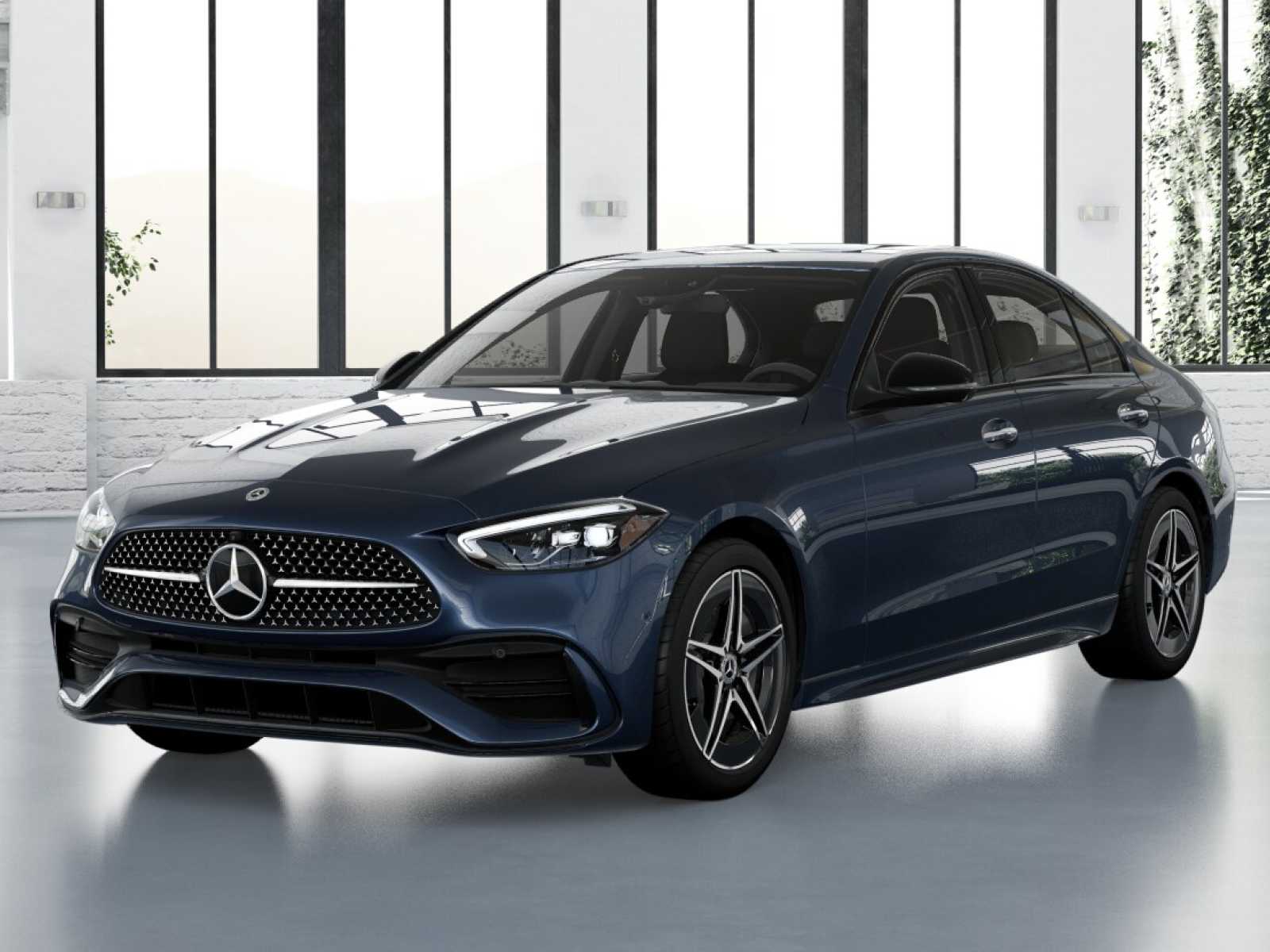
7. Mercedes-Benz C-Class (2015–2020)
Luxury and comfort are cornerstones of the Mercedes-Benz C-Class, which makes its inadequate sunroof shade all the more perplexing. From 2015 to 2020, models with the panoramic sunroof often came with a shade that, while sleek and elegant, does very little to block solar heat. This issue can significantly detract from the otherwise refined driving experience, especially during summer.
The C-Class panoramic sunroof covers nearly the entire roof, enhancing cabin openness and visual appeal. But the drawback lies in the shade design: a perforated, mesh-like fabric that filters light without insulating against thermal transfer. As a result, the roof becomes a massive source of heat ingress, raising interior temperatures to uncomfortable levels within minutes of sun exposure.
Owners in hotter states often report that their cabins feel preheated before they even start the engine. The car’s leather upholstery and aluminum or piano black accents quickly become hot to the touch, and the air conditioning needs to run at full blast just to restore a tolerable environment. This not only affects comfort but also fuel economy, as the A/C compressor works harder.
Moreover, Mercedes-Benz’s usual attention to detail in luxury finishes contrasts sharply with this oversight. It’s baffling to many owners that a premium vehicle lacks the simple, functional consideration of a heat-blocking sunroof shade. The issue is made worse by the fact that Mercedes promotes the panoramic sunroof as a luxury enhancement, yet doesn’t equip it to handle the real-world discomfort it causes.
Several aftermarket solutions exist, ranging from foldable reflective shades to static-cling solar blockers, but these interfere with the sunroof’s usability and can cheapen the cabin’s appearance. More proactive owners even go as far as applying ceramic tints to the sunroof glass, but this should not be a requirement for comfort in a luxury vehicle.
In summary, while the Mercedes-Benz C-Class lives up to its high standards in ride quality, design, and features, the poorly insulated sunroof shade is a frustrating flaw, particularly for those who expect premium comfort without compromise.

8. Subaru Outback (2015–2019)
The Subaru Outback is often praised for its rugged versatility, reliability, and practicality, making it a favorite among adventure-seekers and families alike. However, the 2015–2019 models equipped with sunroofs introduce a comfort challenge that seems oddly out of step with Subaru’s otherwise thoughtful engineering. The sunroof shade does not effectively block heat, which can create significant discomfort in warm climates.
The issue lies in both the material and design. The sunroof shade is constructed from a thin cloth material designed primarily to reduce glare rather than insulate against thermal energy. It offers minimal resistance to solar heat, so when the car is exposed to direct sunlight, the interior, especially the front and middle portions of the cabin, quickly warms up to uncomfortable levels.
This is particularly problematic for outdoor enthusiasts who use the Outback for road trips, hiking, or camping. While the car is built to handle rugged terrains and changing weather, its inability to regulate internal temperatures from above can be jarring when coming back to a vehicle that’s been baking in the sun all day. The contrast between the Outback’s all-weather capability and its sunroof shade’s poor heat performance is stark.
Additionally, passengers often report uneven cooling when the air conditioning is engaged. The HVAC system has to work harder to offset the heat that continues to seep through the sunroof area. This becomes even more noticeable on long trips, where the driver and front-seat passenger remain relatively cool, but those sitting beneath the sunroof express discomfort due to the persistent overhead warmth.
Aftermarket fixes include inserting foam-lined shades or applying solar window tints, but these are stopgap measures that undermine the car’s otherwise clean and practical interior design. It also puts the burden on the owner to fix what arguably should have been resolved at the factory level.
Ultimately, while the Outback remains a fantastic utility vehicle, the flawed sunroof shade design is a missed opportunity. A car built for all climates should be able to handle heat as well as snow or rain, especially from a comfort standpoint.
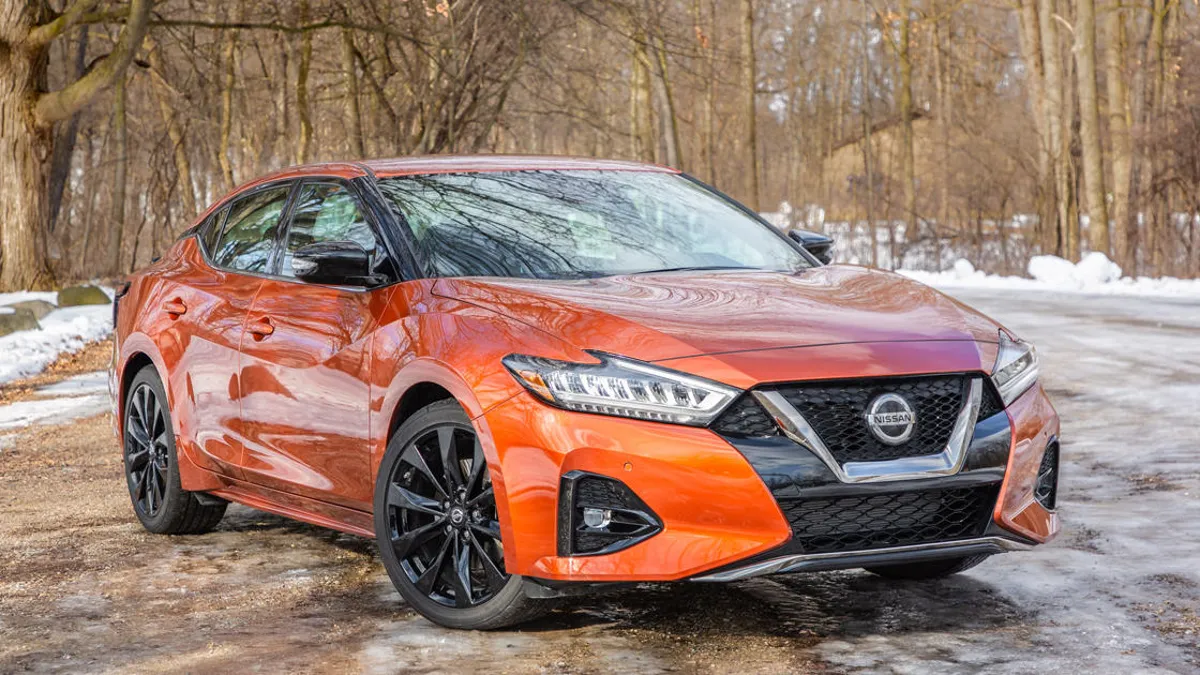
9. Nissan Maxima (2016–2020)
The Nissan Maxima is marketed as a “four-door sports car,” combining athletic styling with upscale interior touches. However, its sunroof shade design, particularly in the 2016–2020 models, leaves much to be desired when it comes to heat insulation. Despite offering a sleek panoramic sunroof in its upper trims, the shade fails to block significant amounts of heat, making hot weather driving less enjoyable.
The shade material is thin and somewhat translucent, designed to offer a soft barrier between passengers and direct sunlight. However, it’s almost entirely ineffective at stopping heat from radiating through the large glass panel. When parked in direct sunlight, especially for prolonged periods, the Maxima’s cabin transforms into a veritable heat chamber.
The problem is compounded by the fact that the Maxima’s premium trims often include black leather seats and high-gloss interior trim pieces—materials that absorb and amplify heat. These surfaces quickly become hot to the touch, making the first few minutes of driving extremely uncomfortable. Additionally, while the A/C system is robust, it still takes several minutes to bring the temperature down to a livable level.
Many drivers note that the overhead heat becomes distracting even while driving. Glare from the sunroof can be noticeable through the thin shade, and the warming sensation can make it harder to focus, especially during long commutes or road trips in bright conditions. It detracts from the otherwise serene and upscale vibe the Maxima aims to deliver.
As with other vehicles on this list, aftermarket solutions abound—but they are imperfect. Reflective liners or custom-cut foam shades add bulk and can reduce aesthetics. Others try DIY tinting options, though these may void warranties or lead to peeling and bubbles over time.
In the end, the Maxima delivers performance, luxury, and tech, but its sunroof design lacks the thermal protection to truly complement those features. For buyers in warm regions, it’s a flaw worth serious consideration.
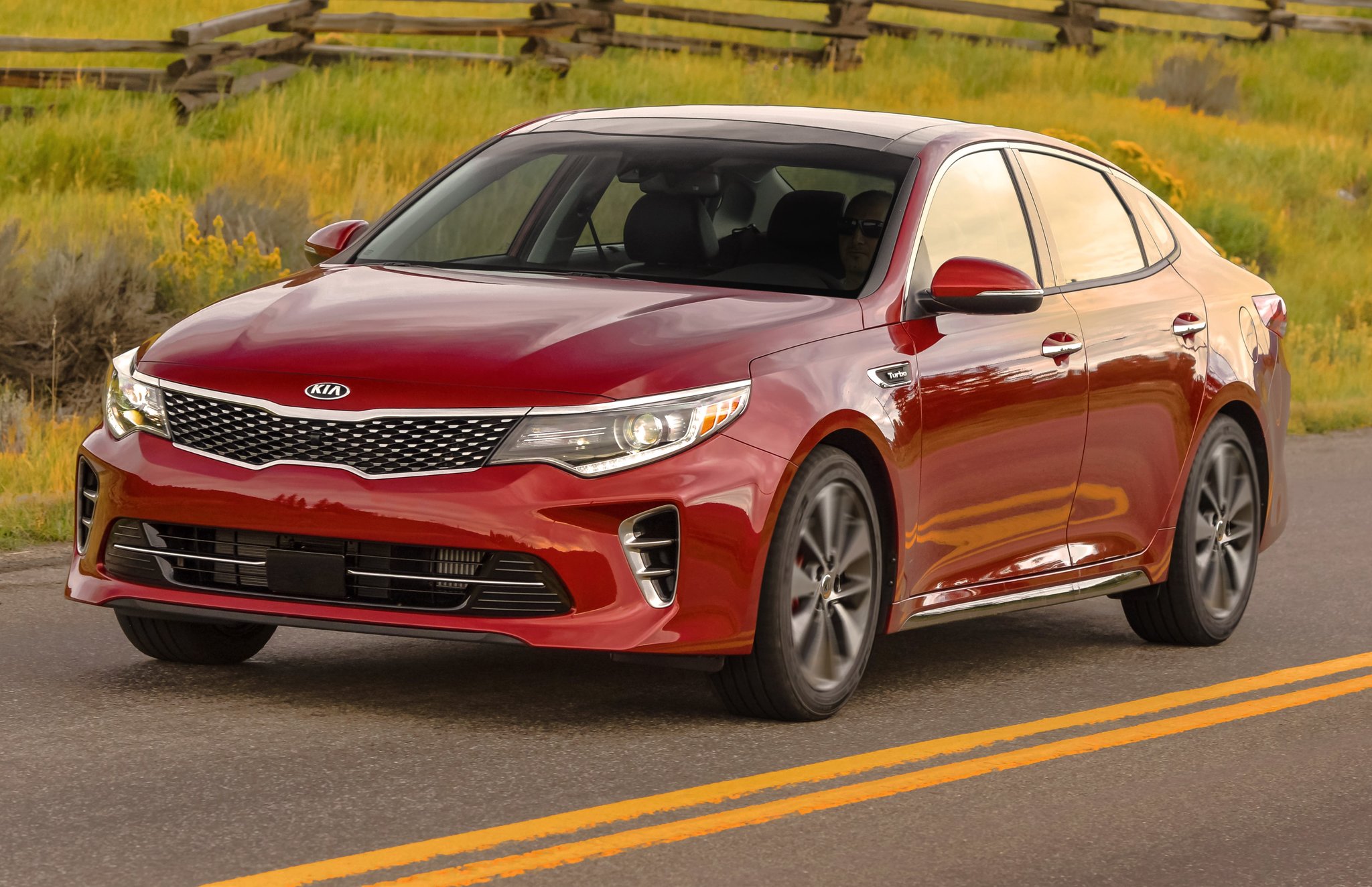
10. Kia Optima (2016–2020)
The Kia Optima gained popularity during the 2016–2020 period for offering upscale features at a budget-friendly price point. Panoramic sunroofs were available on higher trims, adding a touch of luxury. However, this premium-looking feature is let down by its underwhelming sunroof shade, which does little to mitigate heat buildup in the cabin.
The shade itself is constructed from a lightweight cloth, more cosmetic than functional. It reduces brightness and adds privacy but lacks any meaningful thermal insulation. As a result, even when the shade is drawn, sunlight heats the glass and transfers that heat into the interior space, especially the upper halves of the seats and dashboard.
This issue is most apparent during sunny days when the Optima is parked outside. Owners commonly report entering the car only to find it significantly hotter than expected, even when the shade is closed. The air conditioning system, although capable, has to work overtime to normalize the temperature, increasing both wear and fuel usage in the process.
Passengers often feel the effect most intensely in the rear seat, where the panoramic sunroof extends above their heads. Unlike some luxury cars that offer dual shades or thicker materials, the Optima provides only a single, thin barrier. This results in uneven cooling, with rear passengers often experiencing more discomfort than those in the front.
The heat issue also has long-term consequences. Continuous sun exposure through an under-insulated roof can degrade upholstery, cause warping in trim, and lead to premature aging of the cabin. These are significant drawbacks in a vehicle aimed at customers who value style, efficiency, and longevity.
Ultimately, while the Kia Optima brings a lot to the table in terms of features and design, the ineffective sunroof shade is a significant weakness. It compromises passenger comfort and detracts from the otherwise refined driving experience Kia has worked to establish.
Also read: 6 Teen-Friendly Vehicles and 6 That Are High Risk for First-Timers
While sunroofs are often seen as luxury features that add style and light to a vehicle’s cabin, the reality of heat transfer through poorly shaded glass is a problem that affects even premium and well-engineered vehicles.
From the sporty Ford Mustang to the refined Mercedes-Benz C-Class and versatile Subaru Outback, sunroof designs in many popular models fall short when it comes to thermal insulation. The thin, fabric shades used in these vehicles may block light but do little to stop heat, leading to hot cabins, overworked air conditioners, and diminished driving enjoyment.
What makes this issue especially frustrating is that it is both predictable and solvable. Manufacturers could easily address the problem by installing thicker, multi-layered, or reflective sunroof shades—something a handful of higher-end vehicles already offer. Instead, many automakers continue to prioritize aesthetics and cost savings over practical comfort, leaving owners to rely on aftermarket fixes like UV films, thermal liners, and reflective inserts.
For consumers, the key takeaway is this: a sunroof should enhance your vehicle’s comfort, not compromise it. If you’re shopping for a new or used car and live in a warm climate, make sure to test the sunroof feature with heat exposure in mind.
Try it on a sunny day, touch the shade, and assess how well the cabin stays cool when parked. The sleek look of a panoramic roof may be tempting, but unless the shade is up to the task, you might find yourself sweating the decision later.
As car technology evolves, hopefully, automakers will respond to this common complaint with better materials and smarter design. Until then, knowing which models to approach with caution is the best way to stay cool behind the wheel.

